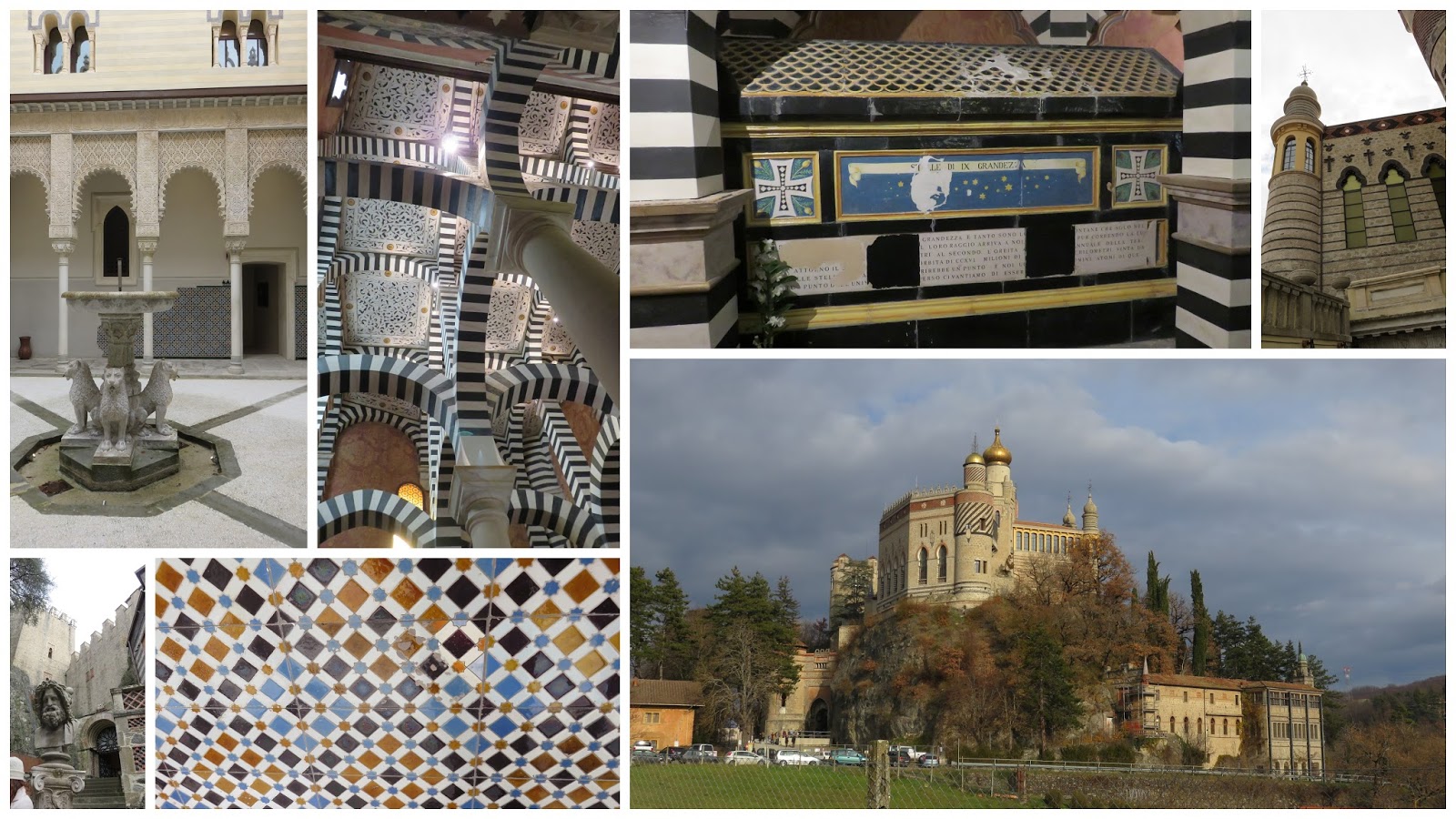
In the mid-nineteenth century Italy was a place of great social differences, varieties of intent and multiplicity of interests and fashions. Suffice it to think that half of the peninsula had been involved in the Independence Wars while the south was placidly on its way to the Bourbon decline that the movie "The Leopard" such beautifully taught us. The papacy was perched in his "feud", but everything was linked by two great common feelings: the opera that lived the season of its utmost brilliance, and the fashion that inexorably started to reach the great glow and the great decadence of the end of the century.
Just in that passage, in the midst of a society in which the bourgeoisie advanced and enriched, the look at the exotic and the fantastic was more than ever attentive. In paintings, sculptures, fashion and even architecture, the remarks to Far East and Middle East became constant and predominant. Moorish style spread throughout Italy in the houses and palaces of the most fashionable noble families, and in the clothes and paintings of the bourgeoisie that was trying to imitate them.
That midst of mid-800 Moorish is booming in this decade, where abandoned buildings are recovered for alternate events, almost unknown private castles are open to the public, and unexpectedly jewels are found in small, seemingly trivial rooms.
Rocchetta Mattei on the Appennino Bolognese is a small castle built by the will of Count Cesare Mattei from 1850 onwards. It is a labyrinth of rooms alternating white and black color ogives, curved windows and spiraling towers with bulb domes. At the center of the labyrinth there is a courtyard surrounded by a cloaked cloister with a fountain at the very center, precisely identical to the harem reproduced Bb Hayez and Caffi we have already written about.
In 2016, the restoration of the 1842 Serra Moresca in Villa Torlonia in Rome ended, and now it's open to public.
Near Florence there is the Sammezzano Castle, wanted by Francesco Panciatichi Ximenes d'Aragona and built between 1843 and 1889. If Rocchetta Mattei could remember Anatolia and the Middle East under the Ottoman Empire, Sammezzano is closer to the suggestions Of Mesopotamia and Egypt, where architectures find a form of papyrus leaf, radial openings like peacock tails and a trifle of colors that overwhelms the visitor's eye. It is a crazy kaleidoscope of geometric shapes painted on walls that seems to be moving at the turn of the light, which finds recall in Norman buildings but of clear Arab ascendancy in Palermo such as Quba and Zisa. A jewel that only in recent years has returned to the attention of the public, saving it from a disrepair of almost a century.
And just from Palermo comes the last great discovery of this style: in the historic center, near the Ballarò Market, two journalists in 2016 bought a house and started normal renovations when, in the room they would want to accommodate their son, a water infiltration raised four layers of plaster. Below they saw a wall of an intense blue cobalt with Arabic silver writing. The surprise became astonishment when, taking off all the substrate, the room revealed its entire beauty: an esoteric room, for meditation or conversation, that belonged to Stefano Sammartino, Duke of Montalbo in the mid-nineteenth century, first owner of the house and enthusiast of esotericism.
In few years, buildings of an Italy not far from us are surfacing, still fragmented in several different conditions but united by that orientalist taste that two centuries ago traveled throughout Europe and which rightly claims a place in the landscape of our national artistic heritage.



